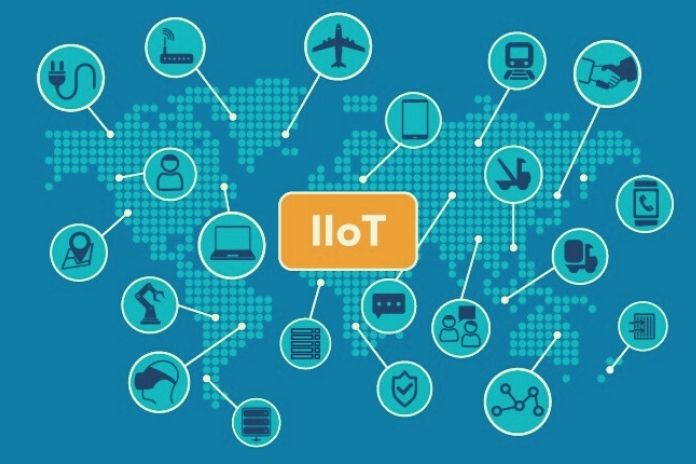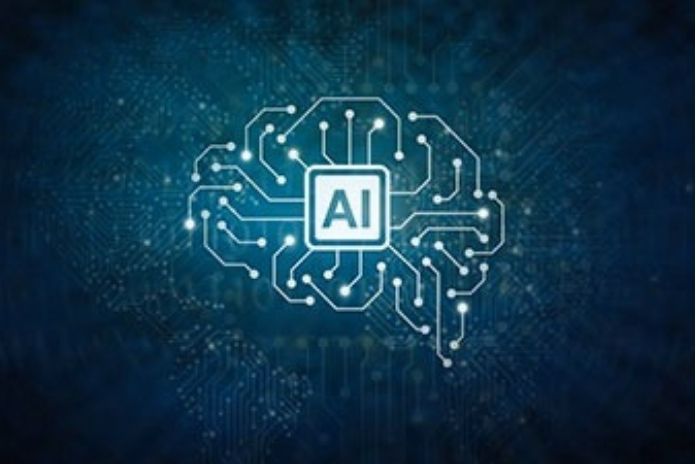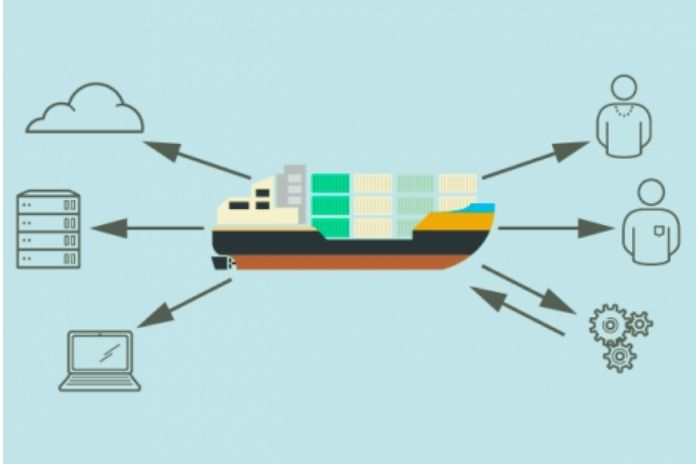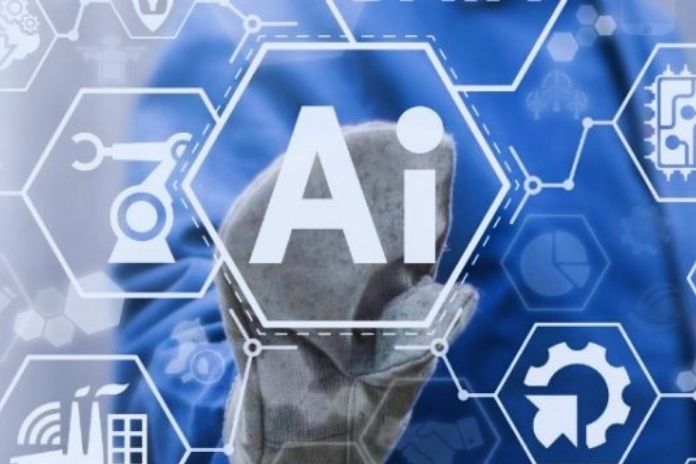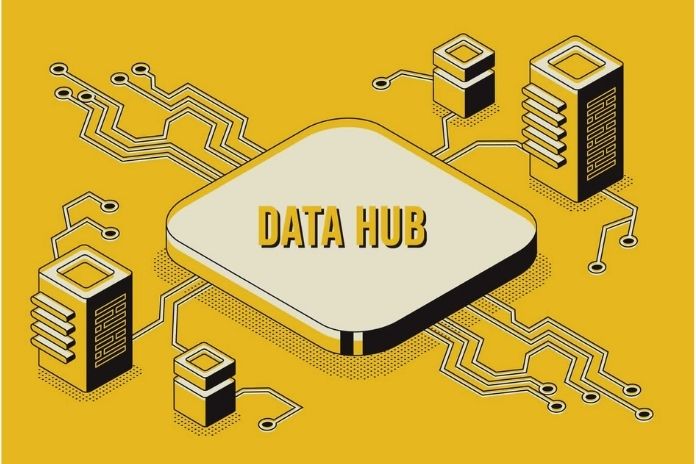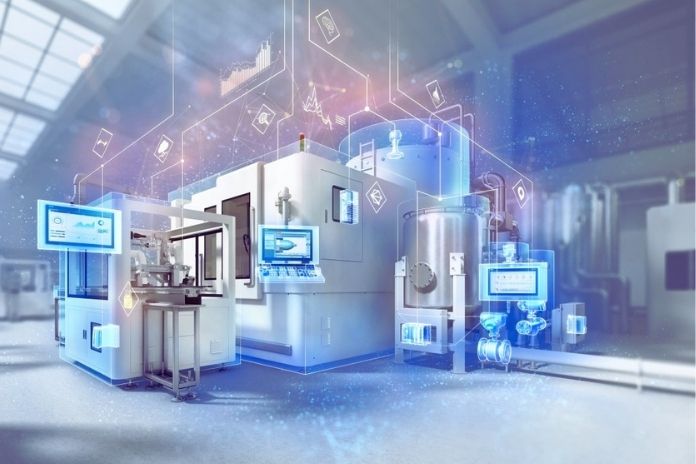When it comes to projects to implement IIoT in the industry, many people think of long terms and high IT budgets. But IIoT initiatives don’t have to be complex and expensive. A lot of potential lies dormant, especially in the service area, which can easily be exploited.
Higher service quality, lower maintenance costs and better spare parts availability: The advantages of IIoT in the service environment are manifold and can often be implemented with relatively simple means. A suitably selected, scalable and secure IoT platform and some connectivity – and you’re ready to go. ECS, the provider of IoT and PLM solutions, has put together five use cases that are particularly suitable for rapid implementation.
IIoT: Condition Monitoring
The condition monitoring of machines and technical products provides manufacturers with a database for various IoT applications. But even as a stand-alone solution, condition monitoring offers many advantages. Because the data obtained employing sensors help to understand machines and products better, for example, progressive wear and tear or the malfunction of individual components can be quickly identified and remedied at an early stage – thus improving overall equipment effectiveness (OEE).
Data on the operating conditions also provide essential information for guarantee and warranty cases. If specific symptoms accumulate, this is an opportunity to develop products further. Condition monitoring also opens up the opportunity to offer better or new services, such as the direct replenishment of consumables.
Remote Diagnosis And Remote Maintenance
Experience shows that around 35 per cent of all service cases can be resolved remotely across industries with IIoT: an enormous cost saving that leads to a quick ROI (return on investment) for IIoT projects. Thanks to remote access, manufacturers can also comply with service level agreements (SLAs) more easily or offer improved service levels, thus generating additional sales. Customers, in turn, benefit from faster troubleshooting and higher system or product availability. With the solution architecture, companies have to pay attention to solid security mechanisms – right up to the encrypted handshake during the automated registration of a device in the network.
If a service case cannot be resolved remotely, it can be identified or narrowed down. But even then, a specialist does not always have to be on site. Thanks to augmented or mixed reality technologies, even less experienced service technicians or customers can directly solve many problems. For example, step-by-step instructions or additional information are shown on a tablet or data glasses display.
ALSO READ: Transformation In A Crisis: Automation And AI Are Changing World Of Work
Software Updates
Software and firmware can be found in more and more devices and machines today: whether in sensors, networked vehicles or production systems. So it’s all the more important to keep it up to date. Patches and updates can be distributed and installed automatically and precisely via remote access, depending on the operating system, region or processor load. For mobile devices, an over-the-air update via WLAN or cellular network is ideal. If errors occur, they can be rectified immediately. Companies not only extend the life cycle of globally distributed IoT devices. You can also subsequently increase the performance of delivered products, address security issues and even activate new functions temporarily or permanently.
Spare Parts Management With The Support Of IIoT
Those who procure, store and provide spare parts as needed can significantly improve their first-time fix rate. The service technician can only solve the problem if the necessary spare parts are available at the first appointment. To ensure this, all spare parts processes should run automatically, from requirement request to provision. Ideally, a networked device reports the status of wear parts or consumables and the necessary replacement is automatically ordered or even sent – even before the customer contacts support.
Another aspect: By forecasting future spare parts requirements, inventories and suppliers can be better controlled, and storage costs can be reduced – with maximum availability at the same time. In addition, IoT-based spare parts management also provides essential information for optimizing pricing. Integration with the existing warehouse management, disposition, and ERP systems is recommended to exploit all facets of this IoT scenario fully.
Field Service Control With IIoT
Inefficient service calls unnecessarily drive up costs and annoy customers. This is precisely where an intelligent customer service control comes in: It automatically assigns service cases to the most suitable technicians – according to know-how, location and availability; it ensures that the demand for spare parts or consumables supplied by the machines is at the right place on time, and it continuously optimized route planning so that travel times are shortened, and travel costs are reduced.
The field service control thus makes a decisive contribution to improving the first resolution rate. Companies and customers benefit from faster service processing and higher service quality. A little connectivity and a suitable industrial IoT platform are sufficient for implementation. However, it can make sense to integrate existing ticketing, scheduling, and route planning solutions in individual cases.
IIoT: Scenarios Provide The Basis For Innovative Business Models
There are, therefore, many starting points for digitization in service. If use cases and roadmap are defined cleanly, and future-proof together with experienced consultants, significant savings, process improvements and even new sources of income can be quickly realized. “In addition to the cost advantages, it is precisely these scenarios that form an essential basis for innovative business models that differentiate themselves from the competition,”. In his many years of practical experience, it has been shown time and again that if you have managed to get started with a more straightforward use case, more complex IoT initiatives such as predictive maintenance or product-as-a-service offers are much more manageable.
ALSO READ: AI Solutions: Companies Are Lagging In The Implementation

